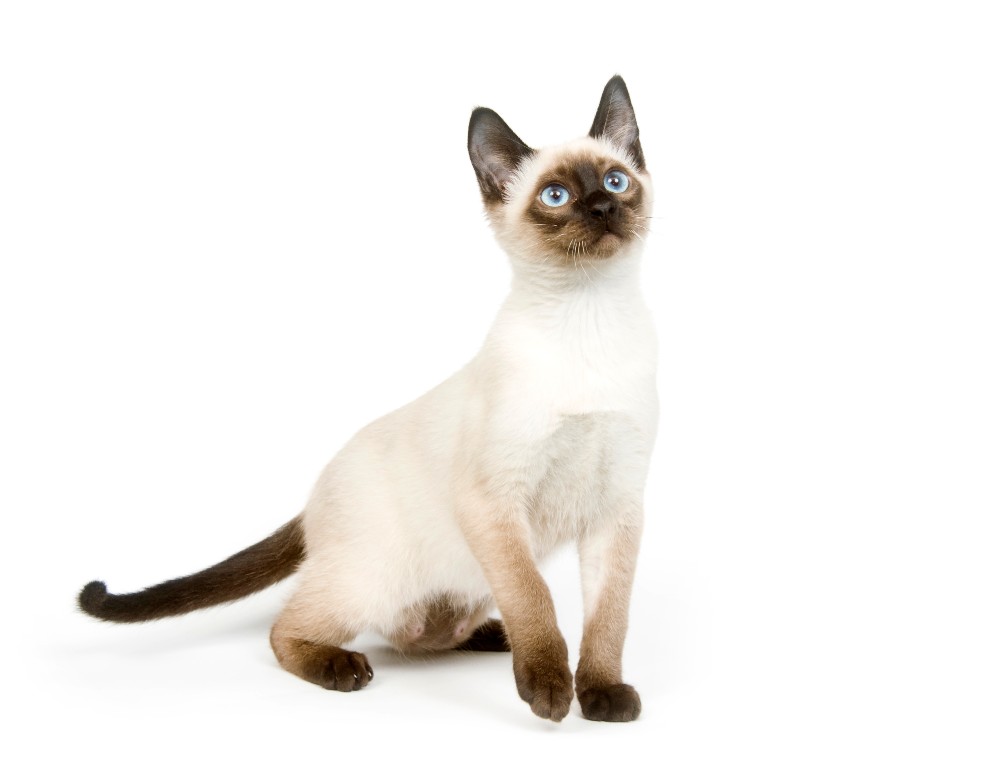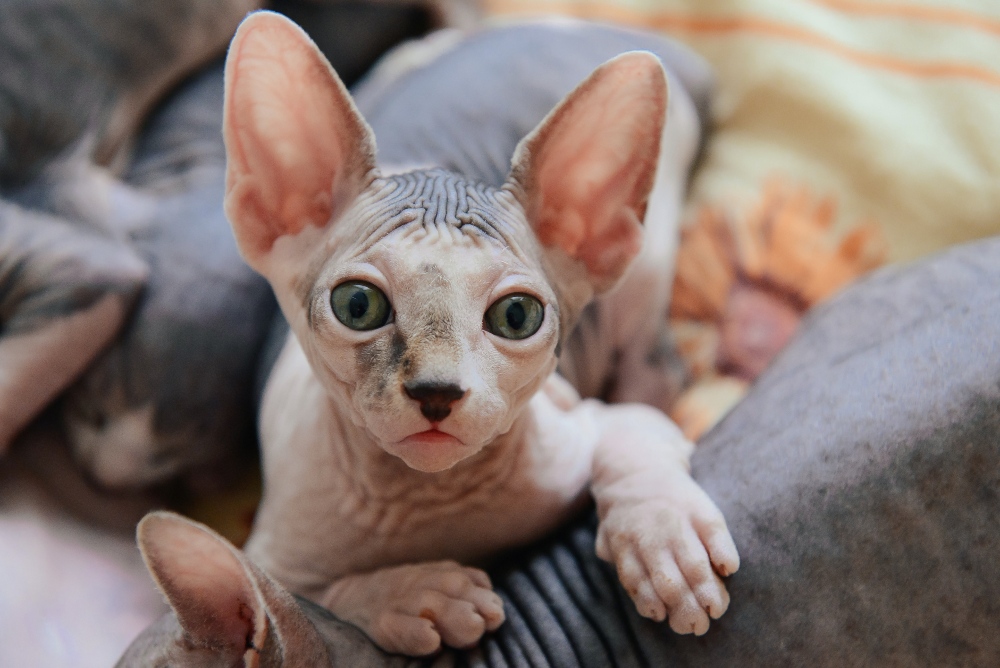Key Takeaways
- Bengals are genetically linked to a wild feline, the Asian leopard cat.
- They are hybrid cats that are smart, curious, and interactive.
- Bengals become very attached to humans.
- These cats are available through breeders and rescue groups.
- Bengals come in a variety of colors and unique coat patterns.
Table of Contents
This gorgeous hybrid cat breed can trace its DNA to actual wild felines, namely the Asian leopard cat. It is called the Bengal cat for its wild progeny’s Latin name – Prionailurus bengalensis – although the Asian leopard cat’s range extends beyond the tiny Bengal region. Cat enthusiasts and scientists have been fascinated with creating hybrids since the late 19th century, when cat shows began to take off. Throughout the 1930s and 1940s several attempts at creating the modern Bengal cat were recorded, with disappointing results.
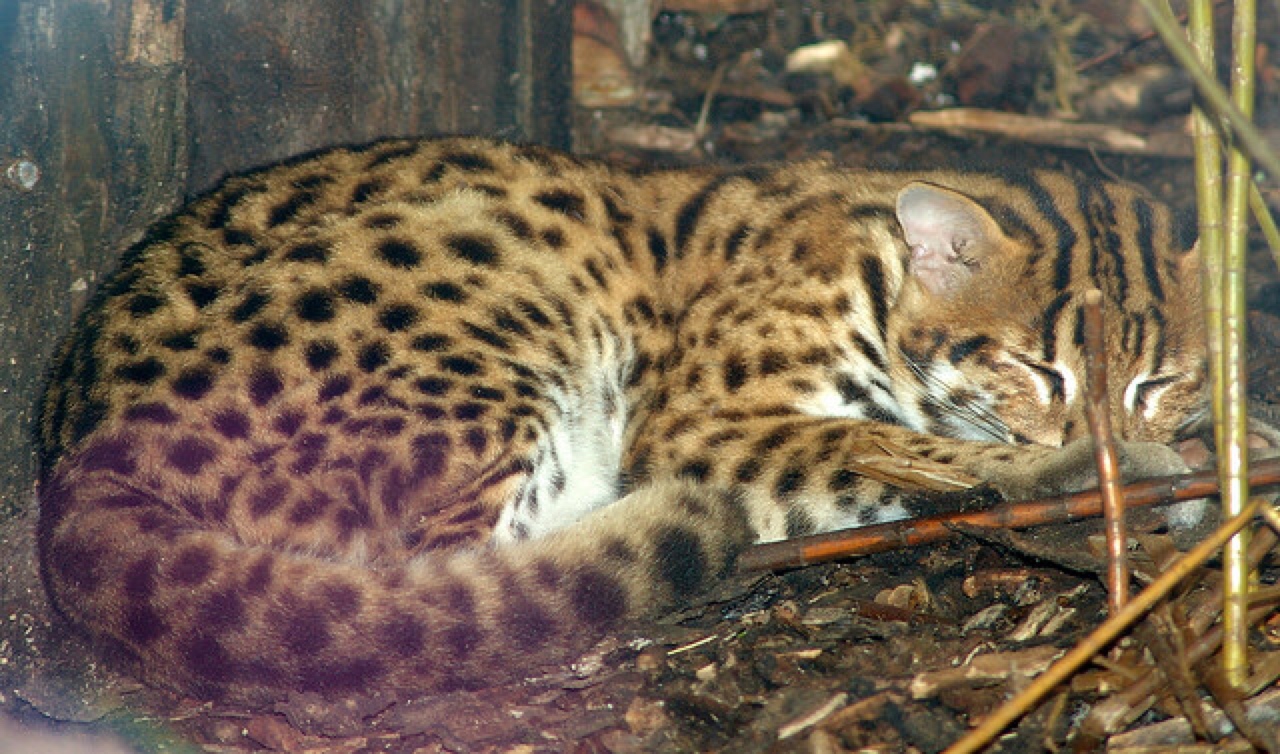
It wasn’t until 1963 that the first Bengal cat was born to Jean S. Mill, the product of her male domestic cat and a “leopard cat” she purchased from a pet store. Kin Kin, as she was named, defied scientists’ expectations and went on to produce a second generation of Bengals. Cat hybridization took off in the 1970s, especially after the discovery of some wild cats’ natural immunity to diseases like FIV and FeLV. Jean S. Mill refocused on Bengal cats in 1980, purchasing several to cross with a leopard-like street cat she found in India.
The Bengal cat was accepted by The International Cat Association (TICA) as a new cat breed in 1986, gaining championship status in 1991. Today’s show Bengals are the fifth generation since Jean S. Mill’s original felines, much removed from their wild roots.
Bengal cat personality and temperament
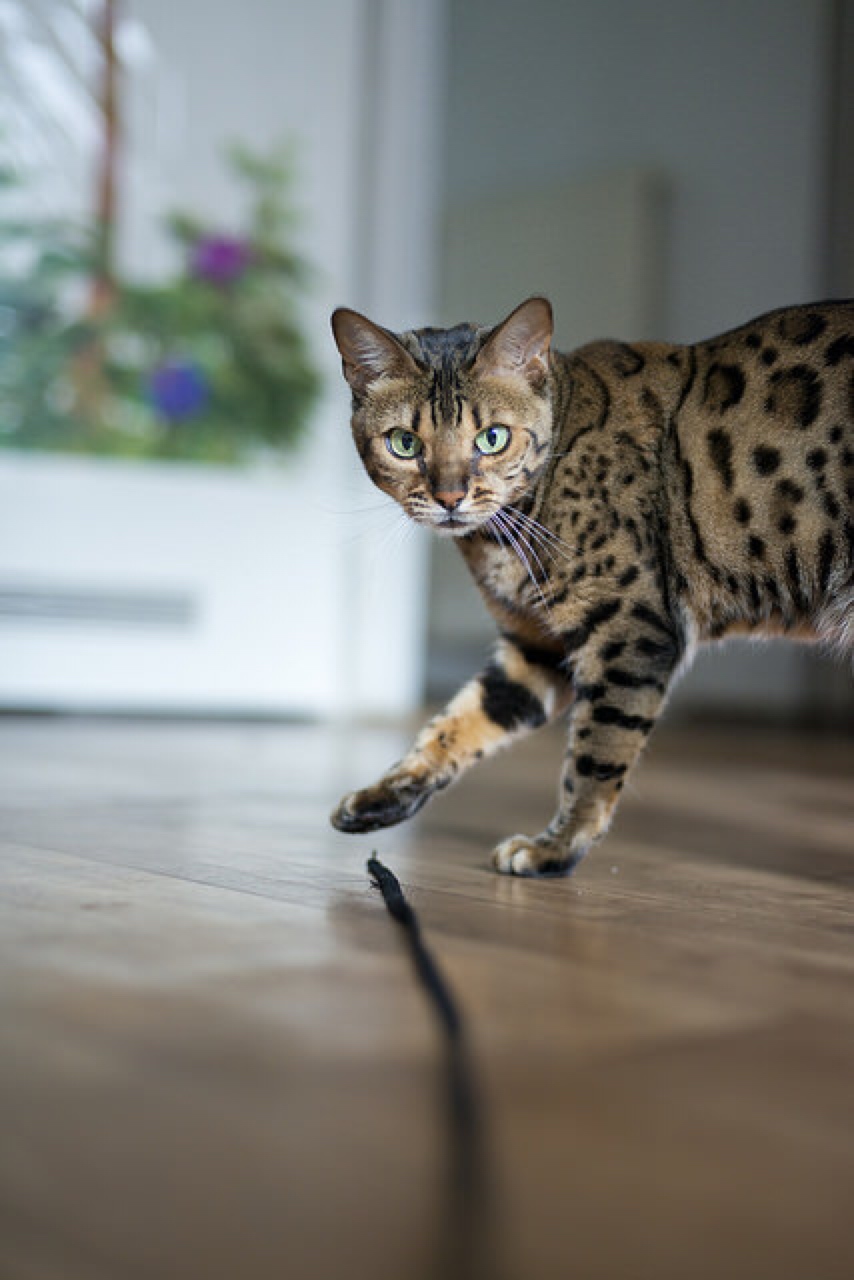
While it’s important to remember every cat has its own individual personality, there are some traits most Bengals generally possess. The breed is known for its uniqueness and is frequently described as intelligent, inquisitive and interactive. Bengals have been known to play basic games like fetch or hide-and-seek, enjoying playtime and general mischief. Those swimming cat videos contain largely Bengal cats, “kitty-paddling” laps in a bathtub.
Attachment to humans is also an important part of the Bengal personality. If you’re looking for a constant companion, curious in everything you do, then this is the right breed for you! “Bengals will also, in general, ALWAYS want to be where you are. After all, that’s where the action is!” advises TICA. “And Bengals are all about ‘the action.'” Channel their high energy into mental stimulation, with puzzle toys, supervised outdoor visits or a catio, a birdhouse (to watch), or general hunt-based play with toys.
Bengal breeders or rescue?
Most pet parents looking for a specific breed of cat go straight to a breeder for their new fur baby. However, there are always breed-specific rescues that have plenty of felines who need furever homes. A quick Internet search for “Bengal rescue” shows organizations across the country (and world) dedicated to rehoming Bengal cats. Many Bengal rescues are regional, so even if the group isn’t based in your state, give them a call! If they can’t help you, ask if they know anyone in your area who can; the Bengal Rescue Network has affiliates in every corner of the country and even Canada.

However, if you do decide to go to a Bengal breeder, it’s important to ensure he or she is reputable and will provide you with a healthy pet. Besides your initial search, nothing should be conducted on the Internet! Always visit the breeder’s facilities and meet your pet-to-be in person before making any financial commitments. Ask to see other animals as well, and find out the daily routine – How much playtime do they get? When are they fed? Where do they sleep? For your future pet in particular, ask in-depth questions about personality, quirks, health, and even favorite toys or siblings. If a breeder is loving and professional, they should know the cat like their own pet – after all, they bring these “fur babies” into the world! Be wary of any breeders who want to ship an animal to you or will not provide you with a vet’s clean bill of health. Asking to meet you in a place besides your home or their facilities – say, a grocery store or parking lot – is also a red flag.
Marbled, glitter, silver and snow Bengal cats
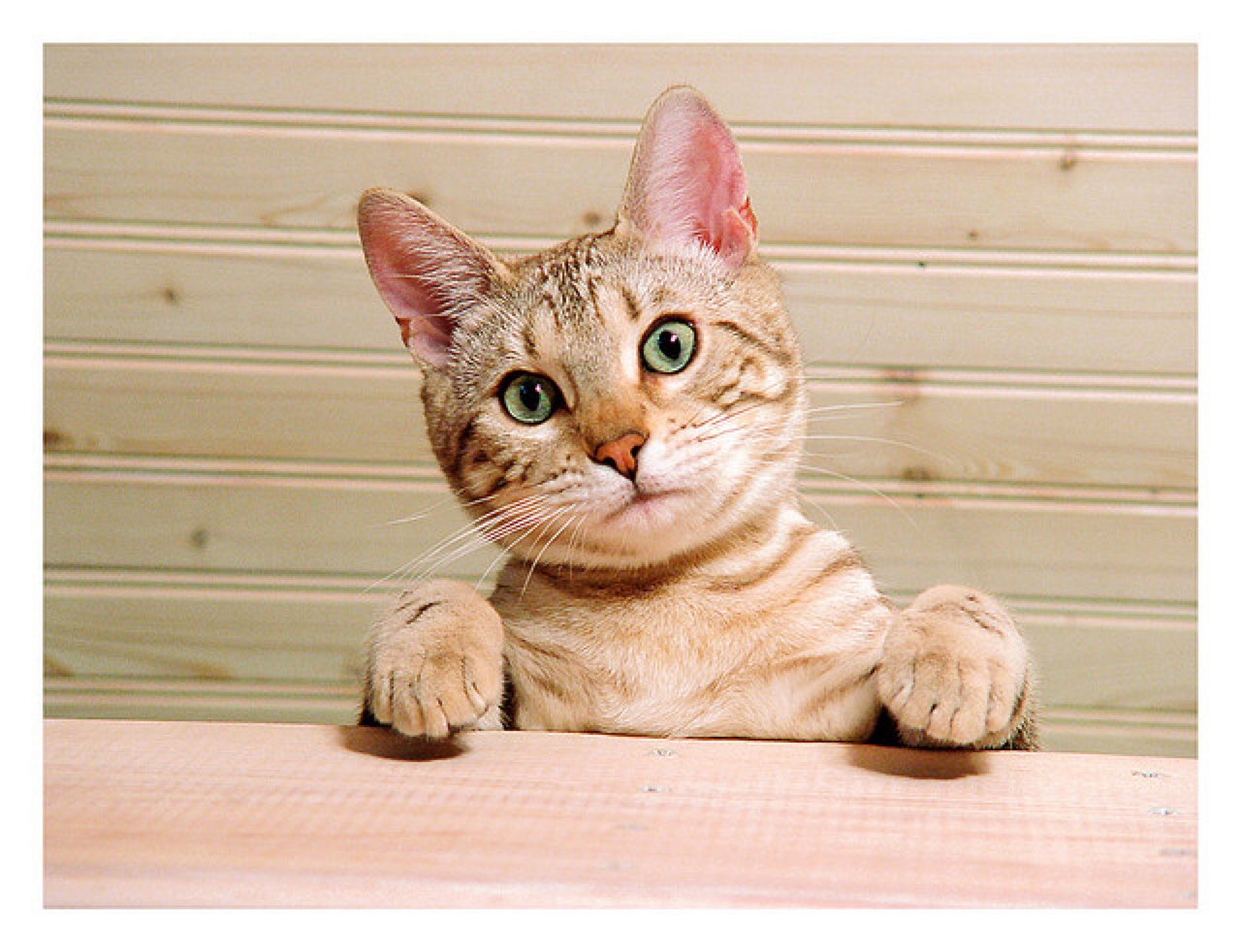
While these may sound like items in a toddler’s craft kit, they’re actually Bengal coat colors and patterns! Most Bengals are varying shades of brown, according to Bengals Illustrated, the breed’s most popular magazine. “No matter what the color/tone, the pattern on a Bengal cat should yield a high degree of contrast,” the publication says. All-black Bengals, often called “pantherettes,” are unrecognized by the TICA for competition status, although many unaffiliated groups celebrate them. Long-haired Bengals have also been reported but are uncommon, the result of a recessive gene.
A marbled Bengal cat has more splotches and swirls than leopard-like spots, which can be reminiscent of a boa snake. The breed’s fur is noted for its excessive sheen, which often seems to glitter in direct light; flecks of gold or silver on the shaft of individual hairs gives the Bengal cat its shine. Sometimes mistaken for Egyptian Maus – whose facial structure, markings and body shape are much different – the silver Bengal is a relatively newcomer to the breed; true silvers have no yellow undertones, and pewter to black spots.
Although generally referred to as the white or snow Bengal cat, there are technically several patterns with a white base coat. Seal Lynx Points, Seal Minks, and Seal Sepias show a spectrum of contrasting colors – all have a coat color described as “creamy” white, not pure. Snow Bengals can have gorgeous green, blue or copper eyes, and coat patterns often develop as a kitten ages.
(Featured image via Wikimedia Commons)


